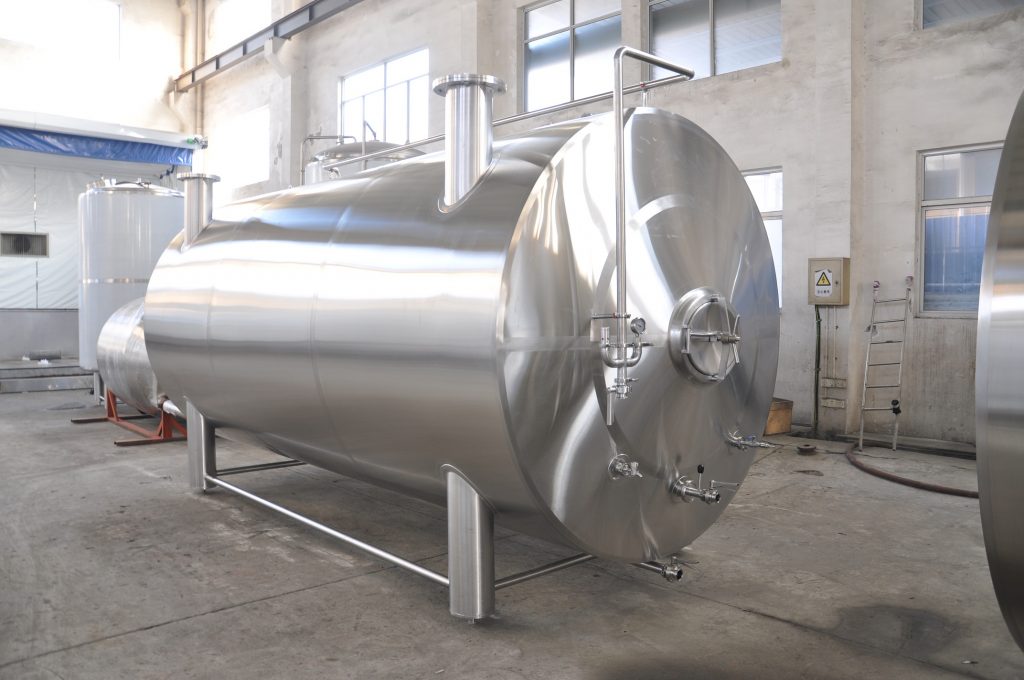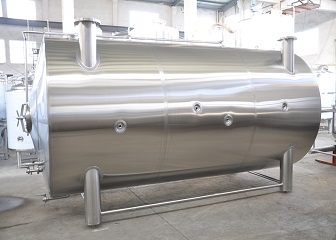
WHAT ARE LAGERING TANKS?

Lagering tanks are storage and preservation tanks used at the end of the fermentation process. They keep beer cool and ready to bottle or serve. These tanks must have special characteristics—stainless steel prevents contamination and has an appropriate design for storage. The capacity of these tanks depends on what you need to match the size of your brewery and to help you optimize your space.
Lagering tanks, also known as maturation tanks or conditioning tanks, are large vessels used in the brewing process for lagers. These tanks are typically made of stainless steel and are designed to hold large volumes of beer for an extended period of time, usually several weeks to several months.
Lagering tanks are used for the secondary fermentation and conditioning of the beer, which is a crucial step in the brewing process for lagers. After the initial fermentation, the beer is transferred to the lagering tanks, where it is held at cool temperatures (usually around 35-45°F) for a period of time. During this time, the beer undergoes a slow, steady fermentation that produces a smoother, cleaner, and more refined flavor and aroma.
The lagering tanks are typically equipped with a system for removing any residual yeast or sediment that may have settled during the fermentation process. This helps to clarify the beer and produce a clean, bright finish.
In addition to their role in the brewing process, lagering tanks are also used for aging the beer. By storing the beer in these tanks for an extended period of time, the brewer can control the aging process and produce a beer with a complex, nuanced flavor profile.
Overall, lagering tanks are an essential component of the brewing process for lagers. They provide a controlled environment for the secondary fermentation and conditioning of the beer, and allow the brewer to produce a high-quality product with a smooth, refined flavor and aroma.



















